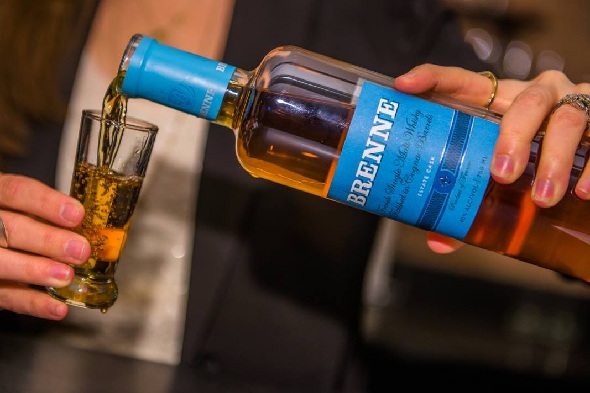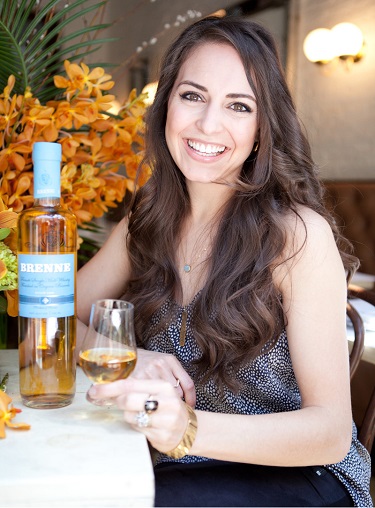What gives a whisky its national identity?
The answer seems simple on a basic level: where the whisky is made. And of course, there are some ingredients that stand out as markers: bourbon boasts of corn, scotch breaths peat. But for Allison Patel, founder and owner of Brenne, a French whisky, the question goes beyond traditional categorization and production.
Patel has been a lot of things. She’s a ballerina with a 14 year tenure. She’s a marketing guru who boosted the sales of a luxury company thrice-fold during the 2008 recession. But most importantly, she’s a whisky fanatic dedicated to true terroir. When she first decided to take the plunge into starting her own company, she wasn’t expecting to build her own brand. Instead, she wanted to found an import company, showcasing whiskies from countries not traditionally known for whisky production.
The inspiration behind this notion of identity and nontraditional whiskies was a sip of Yamazaki 18, a Japanese single malt. Patel describes herself as a “late bloomer” who didn’t try alcohol until well after most of her peers knew their way around a bar. But when the Japanese whisky hit her lips, the experience was her “hook.”
Patel likens her use of terroir to that of the peat in scotch: originally used for fuel efficiency, the smokey substance is now an emblematic flavoring agent.
“I always thought that was such a cool innovation, people using what was around them, which resulted in radically different whiskies. I just asked, is there a way to innovate via the usage of terroir? Single malts haven’t done that recently, and I felt that it was time.”
When a friend tipped her off to a small, organic barley-growing distillery operating in Cognac, Patel found an aging whisky that would eventually be Brenne’s kick-off product. Her distiller, an unnamed 3rd generation cognac maker, had already started making a very unique, farm-to-bottle product, and he and Patel began experimenting with additional aging.
After enough trial and error, this synergistic relationship and their combined efforts resulted in a unique single malt, and Patel was ready to launch Brenne.
Even aside from its obviously different taste (see our review), Brenne stands out from other craft whiskies aesthetically, too. The slim bottle and robin’s egg blue label are more indicative of a wine than a whisky, but Patel explains Brenne’s soft appearance as intentional.
“I didn’t want people to feel disconnected from the experience of drinking the whisky. This is not a big bold whisky that’ll put hair on your chest. I love those fatter, bigger bottles, but that’s not telling of what’s in a dram of Brenne.”
Fruit-forward and elegant, Brenne’s proud femininity is a direct reflection of Patel’s style of entrepreneurship.
“I’ve never tried to hide my girliness around the boys, and I think I’m doing a disservice to other women if I try to change that. I certainly don’t try and talk to them about mascara, but I’m not quieting how I want to portray myself, no matter the setting. If I’m going to break a mold, I might as well break it genuinely.”
Well-read and practiced in the art of distillation, a quarter French, and one hundred percent whisky loving, Patel is clearly committed to her product, which makes a sip of Brenne feel very genuine, indeed.
Aliza Kellerman is a California resident turned NYC booze gal. She runs the blog for BarNotes and sells bottles for Adirondack Distilling Company. For more cocktails and misadventures, follow her at @aleezabeeza and see her blog, http://kvetchandthecity.com.




